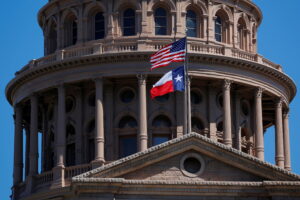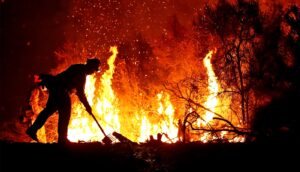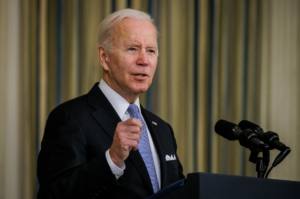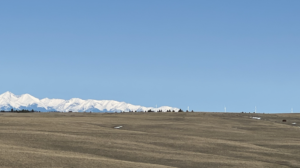PROOF POINTS: The evolving science of how kids contract and spread coronavirus
7 min read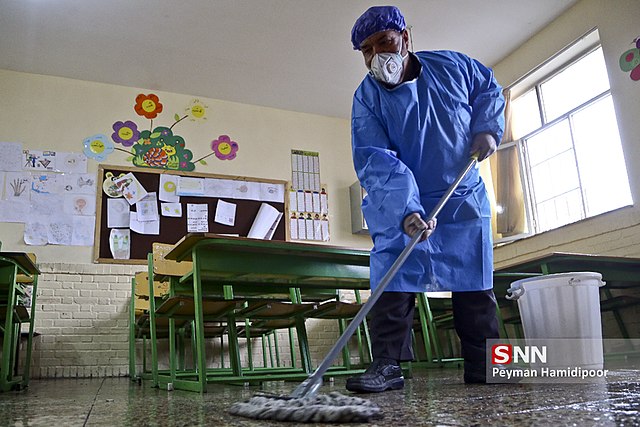
The Hechinger Report is a national nonprofit newsroom that reports on one topic: education. Sign up for our weekly newsletters to get stories like this delivered directly to your inbox.
In March 2020, as the coronavirus pandemic erupted in the United States, epidemiological reports circulated that children weren’t getting the virus very often and, when they did, their cases were mild. Four months later, in late July, three important public health studies documented that kids do get sick and are transmitting the virus.
What this shift in the scientific literature means for opening up schools is still unclear. Parents and educators are confused because they have to deal with scientific progress in real time. This is still a new virus and scientists are just beginning to understand it.
As an education reporter who covers quantitative research, I began to devour public health studies and try to make sense of them. The first study that caught my attention was on March 16, a day after New York City shut down public schools. The decision in New York was a controversial one. In the second week of March, the city had only a small number of cases and the mayor wanted to keep the schools open. But his public health officials warned about exponential spread. The mayor belatedly acceded to the demands of his health officials and agreed to lockdown the city.
What is Coronavirus doing to our schools?
We’ve got the latest and deepest takes.READ MORE
Yet a March 16 study out of South Korea had me wondering if New York had overreacted. South Korea was initially hard hit by the virus, but early on, fewer than 2 percent of its Covid-19 cases were children. A study published in the Journal of Korean Medical Science about the first pediatric case in that country determined that a 10-year-old girl probably got it from her mother and uncle at home, not from schoolmates. She had had a mild pneumonia in February and recovered on her own without special treatment. Nonetheless, the medical scientists who wrote the study argued that Korea’s school closures were “justified.”
By the end of March, school systems around the world had shut down. UNESCO calculated that children were out of school in 193 countries. That’s roughly nine out of 10 students worldwide.
But experts were questioning these decisions. A few days later on April 6, a team of British scientists concluded that shuttering schools would do little to help control the spread of the coronavirus pandemic. The British team, publishing in the journal Lancet Child and Adolescent Health, found that school closures in Asia during the SARS virus outbreak from 2002 to 2004 weren’t helpful. Their analysis of new Covid-19 models indicated that school closures alone would prevent only 2 to 4 percent of deaths, “much less than other social distancing interventions.”
It seemed that politicians and policymakers who shut classrooms were overreacting and ignoring the scientific evidence that school closures might not be necessary.
Denmark made the first move and reopened its schools on April 15. The news reports seemed good. There was a slight uptick in the number of cases right after reopening but cases steadily declined since late April.
In early May, a new deadlier threat to children emerged. There were alarming reports in New York, the United Kingdom and Italy of children ending up in the hospital with a multi-system inflammatory disease weeks after recovering from a mild case of Covid-19. Children’s bodies were going into shock and some died.
The scientific narrative was clearly shifting. Early in the pandemic, we thought that children were less likely to get the coronavirus and if infected, they had a mild to moderate illness. But a May 23 study, published in the American Journal of Emergency Medicine clearly documented that coronavirus in children could be serious. By early August, 570 cases of this pediatric multisystem inflammatory syndrome and 10 deaths were recorded in the United States.
At the same time, the Centers for Disease Control was moving ahead to help schools reopen. On May 19, the CDC issued guidance for schools on what they needed to do to operate safely. Some of the bullet points would make it difficult to run a school, from putting only a tiny number of kids on each school bus to closing cafeterias to enforcing mask wearing. I wondered if schools could do half of these things.
Some education experts were pushing back against the fears. Elliot Haspel, an education policy expert and child care advocate wrote an op-ed on June 10, arguing for reopening schools. “There are almost no recorded cases of child-to-adult transmission of Covid-19,” Haspel told NPR. “It’s not zero risk, [but] we’re acting with a March 2020 understanding of Covid-19 and kids, and not with a June 2020 understanding of Covid-19 and kids.”
Haspel seemed to have a point. Schools and childcare centers that had remained open during lockdowns to care for children of essential workers hadn’t reported clusters or outbreaks. In a survey of child care centers, conducted by a Brown University economist, dated June 23, just over 1 percent of staff and 0.16 percent of children were confirmed infected with the coronavirus among 916 centers serving more than 20,000 children. That’s low.
The American Academy of Pediatrics (AAP) weighed in next on June 25, calling for schools to reopen in the fall. The organization argued that it was important to balance children’s emotional, physical and mental health — their overall well-being — against the risk of community spread. “The AAP strongly advocates that all policy considerations for the coming school year should start with a goal of having students physically present in school,” it announced in its own guidance. “Policies to mitigate the spread of COVID-19 within schools must be balanced with the known harms to children, adolescents, families, and the community by keeping children at home.”
What we didn’t know at the time was that clusters and cases among children were already brewing. Unlike Denmark, Israel had a disastrous experience re-opening schools. The country reopened its schools on May 17 but didn’t enforce social distancing. When a heatwave hit, mask wearing was relaxed, air-conditioning was turned on and windows were closed. Cases exploded at one Jerusalem high school — possibly the world’s worst school outbreak. From schools, the virus rippled to students’ homes. Hundreds of schools were eventually forced to close.
Meanwhile, Texas reported more than 1,300 Covid-19 cases in childcare centers, according to a July 6 CNN report. That included almost 900 adults and more than 400 children. And we would later learn in a July CDC report how the coronavirus raced through a YMCA summer camp in Georgia. The camp had to close on June 27 and more than 260 campers would eventually test positive by mid-July.
Politicians were nonetheless eager to reopen the country. On July 7, President Donald Trump called for schools to reopen. The next day, he tweeted that the CDC guidelines issued in May were too impractical and expensive. “I disagree with the @CDCgov on their very tough & expensive guidelines for opening schools. While they want them open, they are asking schools to do very impractical things. I will be meeting with them!!!” Trump wrote on Twitter.
The CDC issued new guidelines on July 23. There were press reports that the White House was involved in editing this public health document.
Amid the political battle over whether to reopen the schools, new scientific evidence was emerging. Three important new studies were published in the second half of July. The first, a South Korean study, published on July 16, found that older kids, ages 10 to 19, transmitted the virus to their families at home at the same rate that adults did. Young kids transmitted the virus to their families too, but at a lower rate. What this means is that kids can likely spread the virus to each other and their teachers at school but we don’t know if mask wearing would mitigate this school spread. Because the South Korean study was done at home, no one was wearing masks or social distancing.
A Chicago study, published in JAMA Pediatrics on July 30, found that the viral load in children is at least as high as the level of the virus in infected adults. We don’t know if that means that the kids are as infectious as adults are, but they might be. Scientists are studying this more.
The third study, also published in JAMA on July 29, found that U.S. states that closed their schools early had lower levels of coronavirus in the population compared to states that waited longer to close their schools. It’s just a correlation and there might be other important containment measures taken by the states that shut their schools early. But Megan Ranney, an emergency physician who teaches at Brown University’s medical school, called it “provocative.”
“These scientific studies, combined with recent news reports on rising hospitalizations of kids in [Florida] and [Arizona], are changing our knowledge about kids [and] infection,” Ranney wrote on Twitter.
To be sure, there are many examples of camps and daycare centers that avoided transmission, even in coronavirus hot spots. As schoolchildren in the Midwest and South started returning to school in late July and early August, we saw both goodand bad experiences. Some schools had to close down immediately. Others succeeded.
Ranney’s summary of the current scientific consensus is succinct: kids do get sick and transmit the virus. But she thinks school is possible with strict precautions, especially mask wearing, and if community infection rates are low.
This post PROOF POINTS: The evolving science of how kids contract and spread coronavirus was initially published by TheHechingerReport


